Build, Develop and Deploy
AI/ML Applications at Scale
Advanced Certification Programme in AI and MLOps
Offered by TalentSprint in collaboration with CCE at IISc
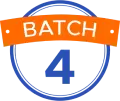
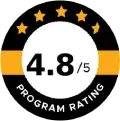 Apply Now
Apply Now
High Impact Format
- Interactive Live Sessions With expert faculty members from IISc
- Hands-on Labs Apply concepts with real data
- Mini Projects Mentor support by industry professionals
- Capstone Projects Supported by IISc faculty members and industry mentors
- One-on-One Office Hours With IISc faculty members and industry mentors
- Experience IISc campus Two campus visits
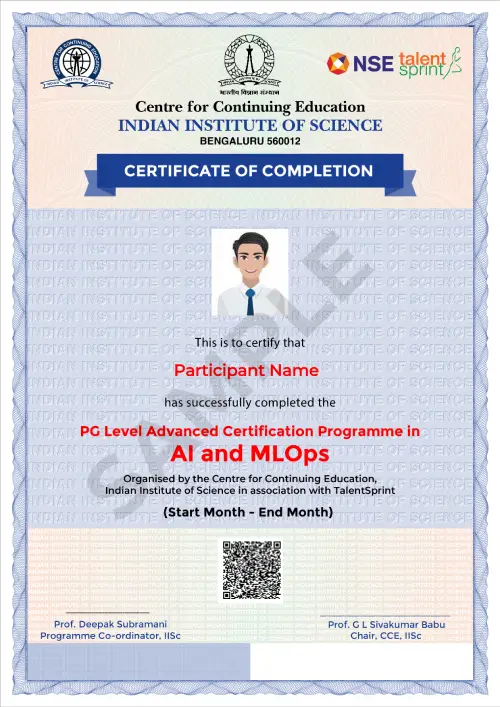
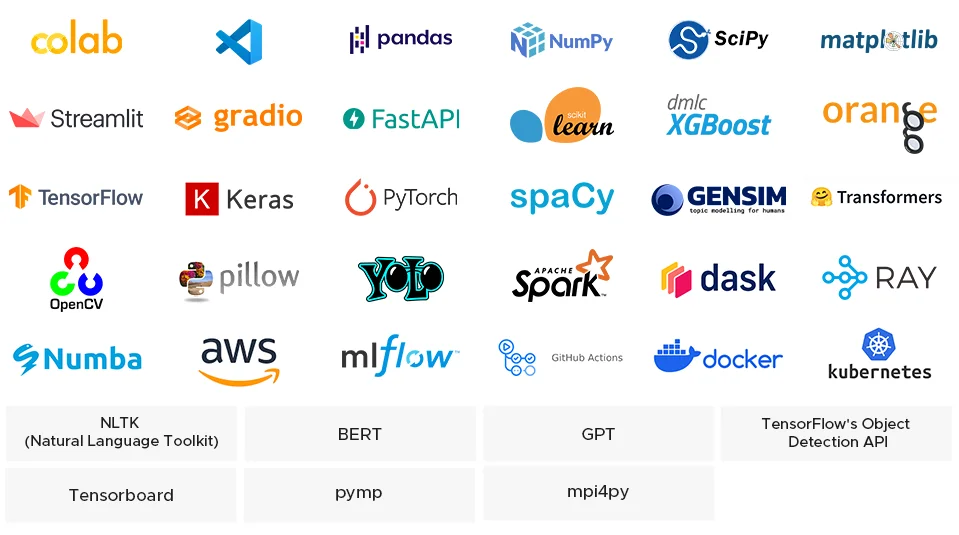
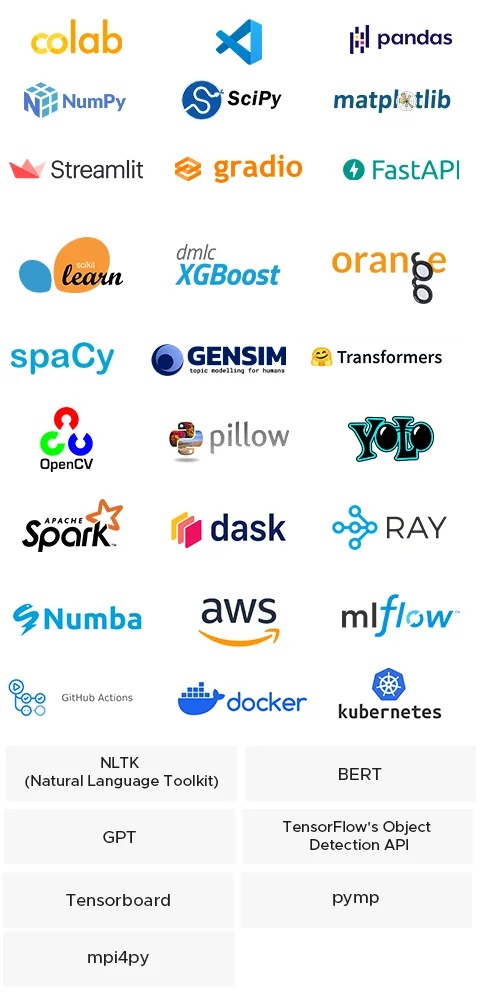
 Check my eligibility for the scholarship
Check my eligibility for the scholarship Internet
Internet Credit/Debit
Credit/Debit UPI
UPI